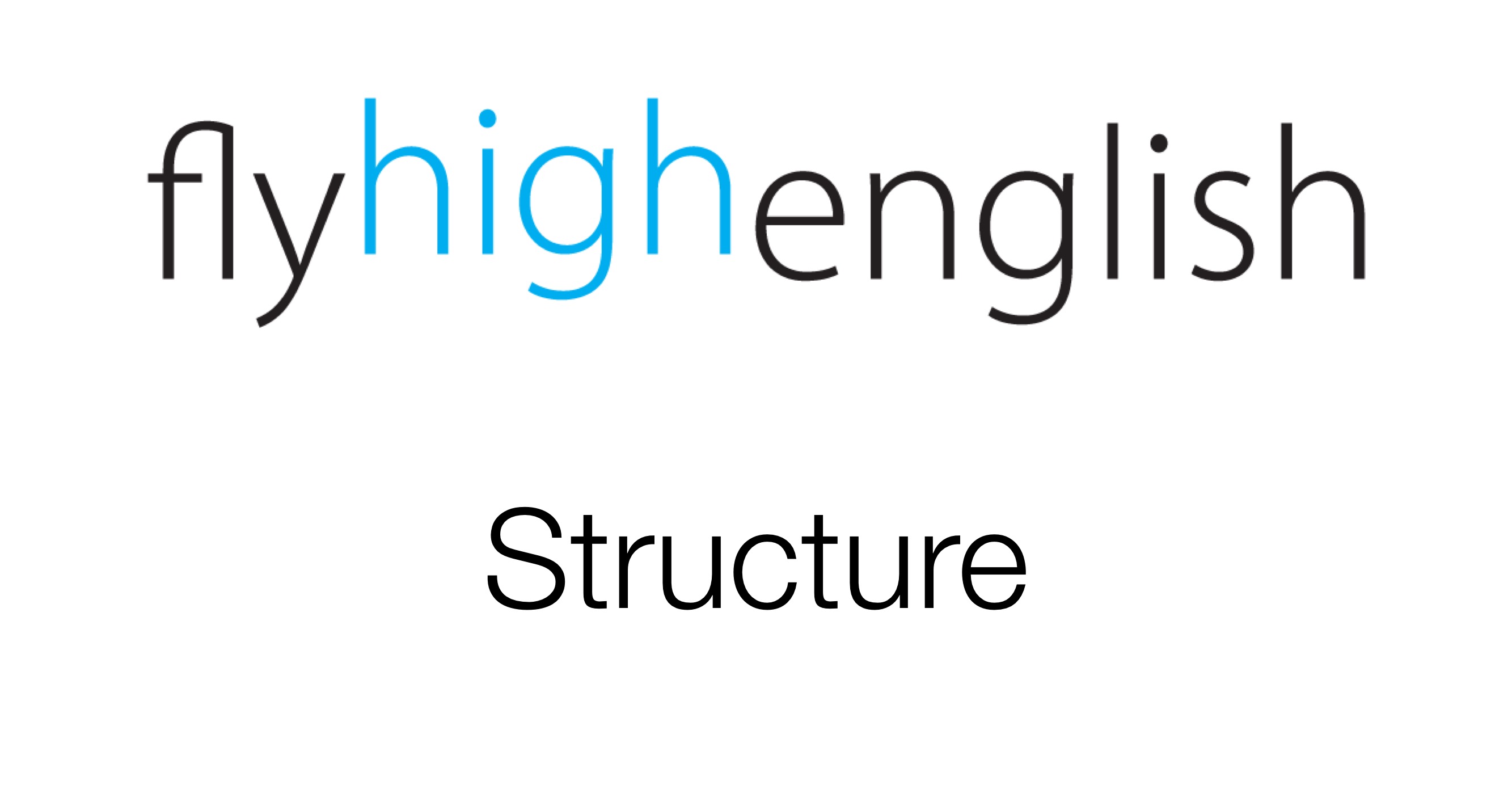
This time in our structure help we talk about the difference between; as, when, and while. These three words are used to talk about actions that happen at the same time. First we need to think about two simple ideas; a long action and a short action. Different connecting words are necessary depending on which actions happen at the same time. Check out the diagram below for more information and try to write some examples of your own.

Follow us on twitter here, Facebook here or Google+ here for more great content!
Have a great day!





